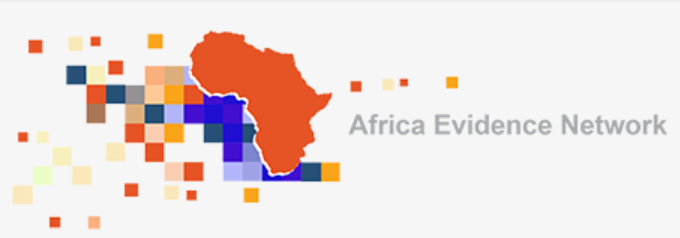
Recently the Africa Evidence Network (AEN) invited its members to complete a survey, the purpose of which was to get a feel for what members gain from being part of the AEN, where they would be eager to get involved with the AEN, and what the network could improve on. The results of the survey is one dataset that will be used to develop a sustainability plan for the AEN after the funding for the University of Johannesburg’s Building Capacity to Use Research Evidence (UJ-BCURE) project has come to an end in December 2016. Some of the preliminary findings of the survey are presented below.
Of the currently 686 members, 138 people responded to the survey, most of whom are based in the research sector. The respondents were predominantly from Africa, with 54% of them being male and 46% being female. 21% of the survey respondents only belonged to the AEN; some of the other networks that the remaining 79% are part of include SAMEA, the Campbell Collaboration, 3ie, East Africa Health Profession Educators Association (EAHPEA), and Building Effective and Accessible Markets (BEAM).
Many respondents felt that the AEN should to market itself and its services even more. One respondent said, “[there is a] need to showcase success stories of evidence-informed decision-making and best practices”. Another respondent added that “robust marketing [of] the network will make it known widely”. Responding to the need to better market the AEN and the success stories of EIDM among its membership, a UJ-BCURE consultant is in the process of interviewing a sample of survey respondents to gather stories success or change that have arisen in part from people’s membership to the AEN. There are plans afoot to share a selection of these stories at the Evidence 2016 Conference in September this year.
The AEN was praised for opportunities like the colloquium that enabled members to engage with one another, and respondents were hopeful for increased opportunities such as these. Some suggestions provided by the membership that the AEN is considering include having local country chapters of the AEN, making the resources on the AEN website available in different African languages, and facilitating a way for members from different countries to meet or engage in online fora. As part of the sustainability planning the UJ-BCURE team is exploring whether the AEN should take a different form for beyond 2016, and the AEN Evidence 2016 Conference is one way in which the network is attempting to increase the opportunities for members to engage with one another.
In terms of the role that members felt the network fulfills, 70% of respondents felt that the AEN’s role is often to share evidence, while 50% felt that the AEN’s role is often to operate as a community of practice. 28% of respondents were unaware of the AEN’s role to act as a matchmaker between individuals and institutions. One respondent felt that the AEN offers institutional members the chance to showcase their EIDM-related services.
Regarding the services offered by the AEN, a majority (69%) of respondents used the monthly newsletter with a number of members commending the AEN on the high quality of the newsletter. A quarter of respondents were unaware of the AEN’s Youtube channel and associated films, while 53% of respondents still have to link up with the AEN via their LinkedIn page. Some respondents felt that the following additional services would be useful to the AEN membership: a portal to advertise jobs, in-country learning events, and online fora for discussions around EIDM.
When questioned about whether members felt that being part of the network was valuable, the vast majority (73%) of respondents felt that being part of the AEN has been valuable to them because it has kept them updated with EIDM on the continent. Other reasons members gave for why being part of the AEN has been valuable included access to lessons on and experiences of EIDM from a variety African countries, current updates of EIDM both regionally and globally from the newsletter, and being able to network with other EIDM stakeholders particularly in Africa. The in-depth membership interviews currently underway will also aim to ascertain why the minority of members felt they did not gain value from being part of the AEN; knowing this will aid in the AEN’s effort to improve the experience of all members.
When questioned what members would be willing to do to participate in the AEN, the most common activities were to contribute to the newsletter and motivate colleagues to join the AEN. The activity members were least likely to engage in was to introduce members of the AEN to people from their personal networks. Barriers that respondents listed as prohibiting them from engaging with the AEN via its various services included a lack of time, unstable internet connectivity, and a lack of funding to attend the conference.
These preliminary findings, in conjunction with the findings from membership interviews, key informant interviews, a business plan, and another survey of the conference attendees will be combined in a sustainability plan for the AEN beyond 2016.